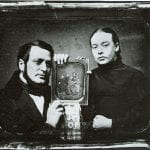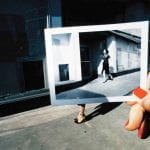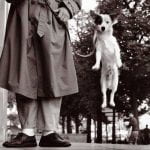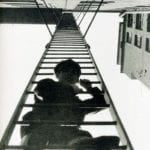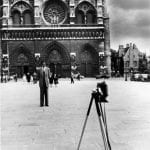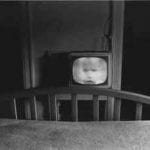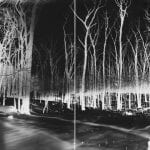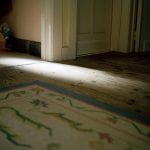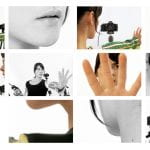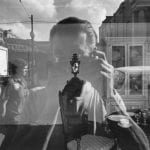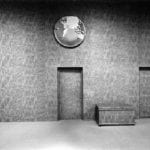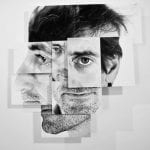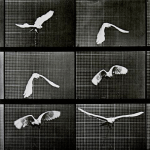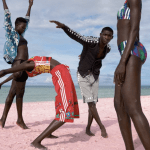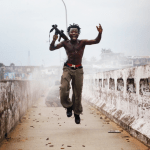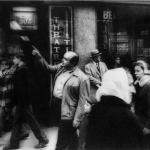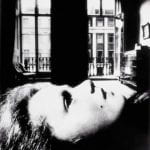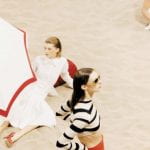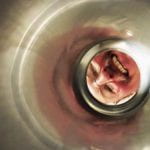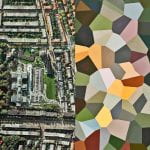John Szarkowski & the Characteristics of the Photograph adapt into 1 post
‘This book is an investigation of what photographs look like, and why they look that way’ (Szarkowski, 1966, p.6).
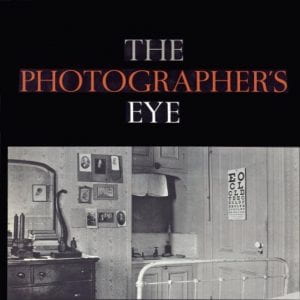
John Szarkowski was the Director of Photography at the Museum of Modern Art (MOMA) in New York from 1962 – 1991. In 1966 he produced a book called The Photographers Eye in which he attempted to identify and specifically define the characteristics by which the photograph transforms the world in front of the lens. It was based on the 1964 MOMA exhibition of the same name, and placed great emphasis on the photographer’s process of selection from the real world. The Introduction to The Photographers Eye (1966) can be accessed here
John Szarkowski (1966) identified 5 characteristics of the Photograph. These were: The Thing Itself / The Detail / The frame / Time / Vantage Point
This Session could be run in conjunction with:
Aims & Outcomes:
- For participants to discuss and visually explore Szarkowski’s 5 characteristics of the photograph
- For participants to produce 5 (edited) images which explore these 5 characteristics visually
- For participants to conduct in depth research on the writing of John Szarkowski and apply these ideas to thier practice.
- For participants to conduct in depth research on at least 2 of the artists in the ICP (2014) What is a Photograph? exhibition and apply these ideas to thier practice.
- Participant Take Away Outcome; At least 5 6×4 digital prints (1 per characteristic)
Research: the ‘What is a photograph?’ (2014) Exhibition at the ICP, New York
You will need:
- Digital cameras for all participants (and appropriate memory cards) *This session can also be run using camera phones
- Card readers
- Access to computers (or laptops)
- An introductory brief & Presentation (below) for participants to outline the ideas and provide examples
- A booked room to critique participants work (either via a projector or via print)
- Blue tack to pin the work
- Costings and Risk Assessments
Presentation ideas: What is a photograph?
The Thing Itself: ‘The first thing that the photographer learned was that photography dealt with the actual; he had not only to accept this fact, but to treasure it; unless he did, photography would defeat him’ (Szarkowski, 1966, p.8)
The Detail: ‘The photographer was tied to the facts of things, and it was his problem to force the facts to tell the truth’ (Szarkowski, 1966, p.8)
The Frame: ‘Since the photographer’s picture was not conceived but selected, his subject was never truly discrete, never wholly self-contained. The edges of his film demarcated what he thought most important, but the subject he shot was something else, it had extended in 4 directions’ (Szarkowski, 1966, p.9)
Time: ‘There is in fact no such thing as an instantaneous photograph. All photographs are time exposures of shorter or longer duration, and each describes a discrete parcel of time. This time is always the present’ (Szarkowski, 1966, p.10)
Vantage Point: ‘Much has been said about the clarity of photography, but little has been said about its obscurity. And yet it is photography that has taught us to see from the unexpected vantage point’ (Szarkowski, 1966, p.10)
Preparation Work:
- Ask participants to read The Introduction to The Photographers Eye (1966) which can be accessed here
- Ask participants to watch Carol Squires introduction to the What is a Photograph? (2014) exhibition at the ICP which can be accessed here
- Ask participants if they have thier own digital cameras and cards
- Make sure you have access to computers
- Make sure there are enough team members to support participants (never assume thier prior knowledge)
- Decide whether you will project the work or print it.
- If you are printing it (6×4) make sure the Photo Lab are aware and be aware of timekeeping so they have space to print the work.
- *If you are running this session off campus, make sure there is access to printers or projectors

Suggested Session Outline:
- Ask participants what they think the characteristics of photography are. (e.g. light, time, fixed, reproduction) Are these specific to certain ‘types’ of photograph? Is the word ‘photographies’ more appropriate?
- Deliver presentation / brief and encourage discussion and debate
- In small groups investigate the local area and encourage visual exploration of each of Szarkowski’s 5 characteristics
- Download and edit final images (5 per participant) *have a break here to give good time to print these physically or organise a slideshow
- Critique and feedback with the group

